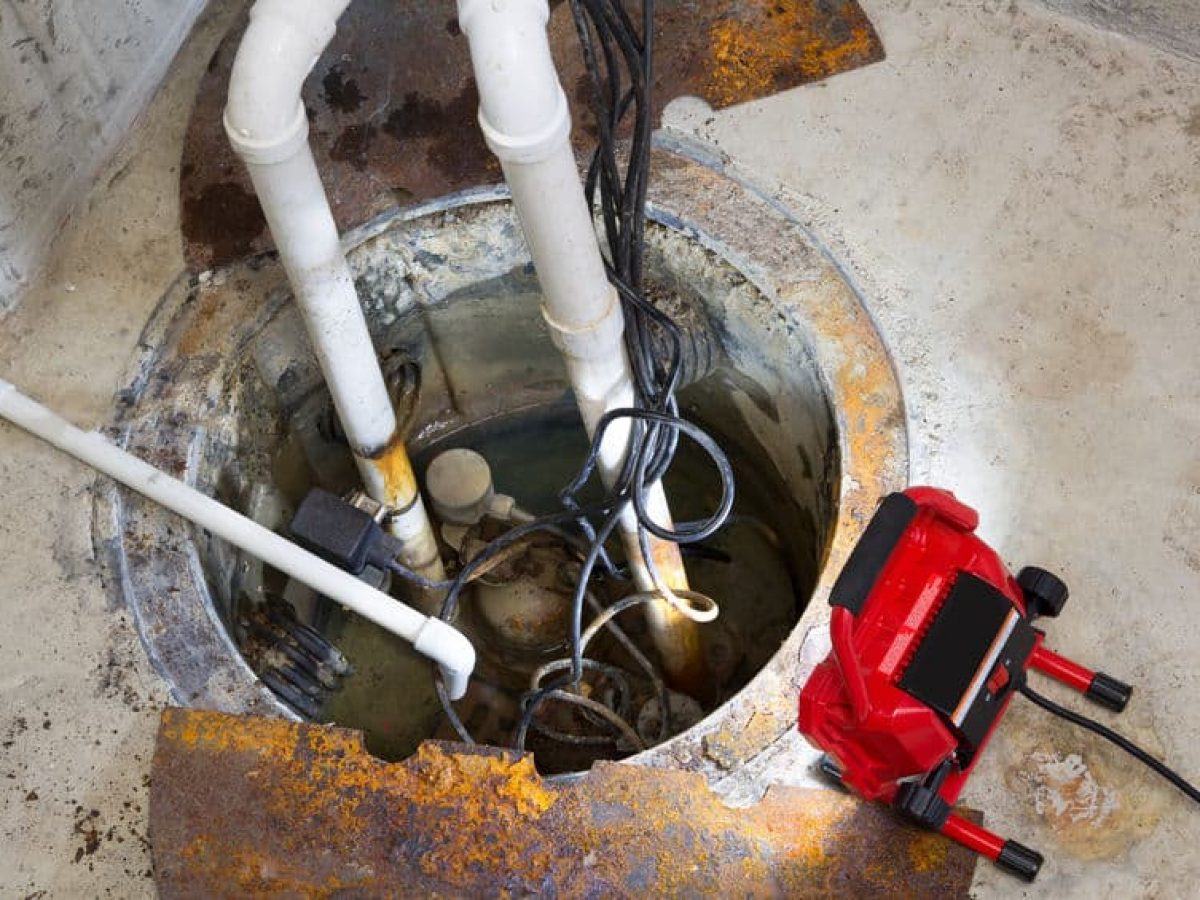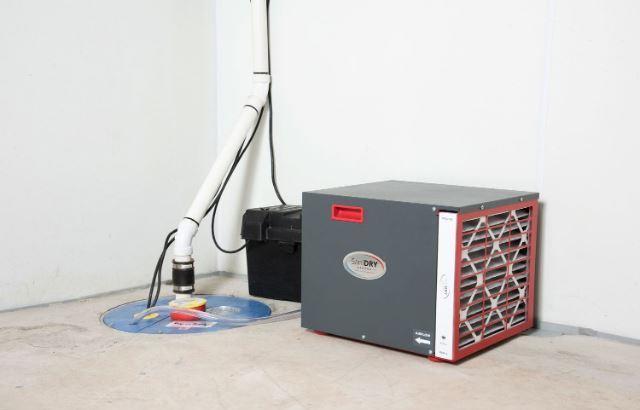The content following next relating to Steps to Cleaning Your Sump Pump Properly is immensely intriguing. Try it and draw your own personal conclusions.

Sump pumps are vital components in many homes, particularly in locations vulnerable to flooding or excessive moisture. They help protect against water damages by effectively getting rid of excess water from cellars or crawl spaces. Nonetheless, like any other appliance, sump pumps call for regular maintenance to guarantee they function effectively when required the most. Cleansing your sump pump is an important part of its maintenance, and understanding exactly how to do it effectively can conserve you from pricey repair work and prospective calamities.
Introduction
Maintaining a tidy sump pump is important for its correct performance and long life. Neglecting this vital job can lead to blockages, malfunctions, and ultimately, water damages to your home. Therefore, discovering just how to clean a sump pump is vital for homeowners who depend on these tools to maintain their cellars completely dry and protected.
Understanding the Sump Pump
Before diving into the cleansing procedure, it's vital to have a basic understanding of how a sump pump functions. Generally installed in a pit or container below the basement floor, a sump pump consists of several vital components, including a pump, a float button, and a discharge pipeline. When water gathers in the pit, the float switch turns on the pump, which after that pumps the water out via the discharge pipeline, away from the structure's structure.
Indications of a Dirty Sump Pump
Knowing when your sump pump needs cleansing is crucial for preventing potential malfunctions. Some common signs that show a dirty sump pump include unusual sounds throughout procedure, minimized water flow, and visible particles in the pit. If you observe any of these signs and symptoms, it's vital to cleanse your sump pump without delay to prevent any more problems.
Getting ready for Cleaning
Before you begin cleansing your sump pump, it's essential to take some safety and security precautions. Start by shutting off the power to the pump to stay clear of any type of electrical crashes. In addition, use suitable protective equipment, such as gloves and safety glasses, to shield yourself from dust, debris, and potential microorganisms.
Step-by-step Guide to Cleaning Up a Sump Pump
Shutting Off the Power
Begin by disconnecting the power supply to the sump pump to avoid any type of accidents while cleaning.
Getting Rid Of Particles and Dust
Make use of a bucket or an inside story to eliminate any type of noticeable debris, dirt, or sediment from the sump pit. Dispose of the debris correctly to stop it from blocking the pump or the discharge pipe.
Cleaning up the Pump and Drift Switch
As soon as the pit is free from particles, meticulously remove the pump from the pit. Evaluate the pump and the float button for any signs of damages or wear. Make use of a soft brush or cloth to clean the surface areas and eliminate any type of gathered gunk.
Flushing the System
After cleaning the pump and float switch, purge the sump pit with tidy water to eliminate any type of remaining dirt or sediment. This will help guarantee that the pump runs smoothly and successfully.
Looking For Correct Functioning
Prior to re-installing the pump, execute a quick examination to guarantee that the float switch triggers the pump correctly. Pour some water into the sump pit and observe the pump's operation. If every little thing is operating appropriately, you can rebuild the pump and reconnect the power supply.
Upkeep Tips to Maintain Your Sump Pump Clean
Along with periodic cleaning, there are a number of upkeep tips you can follow to keep your sump pump in optimal problem:
Final thought
Cleansing your sump pump is an essential aspect of its maintenance and makes sure that it operates efficiently when you require it the most. By adhering to the actions detailed in this overview and incorporating regular maintenance right into your routine, you can extend the life-span of your sump pump and shield your home from water damages.
6 STEPS ON HOW TO CLEAN A SUMP PUMP PROPERLY
UNDERSTANDING SUMP PUMPS
Your sump pump plays a crucial role in protecting your home by managing and removing excess water. It primarily functions as a “shield”, guarding your basement against the damaging effects of water accumulation. The pump is housed in a sump pit in the lowest part of your basement, and its job is to pump out any water that collects there.
During heavy rainfalls or when snow melts rapidly, water can infiltrate your basement, posing potential risks like flooding, structural damage, and harmful mold growth. Here, the sump pump springs into action, pumping out the intruding water and directing it away from your home.
SAFETY FIRST
Before cleaning, remember to prioritize safety. Disconnect the sump pump from the power source to prevent any accidental electric shocks. Also, wear sturdy gloves to protect your hands from any sharp or dirty components within the pump.
REMOVE THE SUMP PUMP
After ensuring your safety, the next step is to remove the sump pump from its pit. Doing this might require careful maneuvering as you don’t want to damage any pump components. Once removed, clean the sump pit to remove any accumulated debris or sludge.
INSPECT THE PUMP
Inspect the pump for any visible signs of wear or damage. Check the power cord, float switch, and impeller housing. If any components look worn out or damaged, consider replacing them to ensure optimal performance.
CLEAN THE PUMP
Thoroughly clean the pump with warm, soapy water. Make sure to rid it of any dirt, gravel, or other debris that might impede its performance. You can use a toothbrush to clean the small, hard-to-reach parts of the pump.
REINSTALL THE SUMP PUMP
Reinstall the pump into the sump pit Make sure it’s positioned correctly to remove the water effectively Once it’s back in place, reconnect it to the power source TEST THE PUMP
Finally, pour some water into the pit to ensure the pump works correctly. It should start automatically and begin pumping out the water; if it doesn’t, check the power source and the positioning of the pump.
Remember, while cleaning your sump pump is an essential part of home maintenance, hiring a professional plumber for a thorough inspection and cleaning at least once a year is also important. This will ensure that your pump is in optimal condition, ready to protect your home from potential water damage.
BEST PRACTICES FOR CLEANING SUMP PUMP DISCHARGE PIPES
Regular Inspection: Regularly inspect your discharge pipes, especially during heavy rainfall or snowmelt periods. Look for any signs of blockage or damage. Early detection of problems can prevent serious issues down the line. Periodic Cleaning: Over time, sediment and debris can accumulate in the discharge pipes, impeding the flow of water. Regular cleaning helps keep the pipes clear and functioning efficiently. You can use a high-pressure water jet to effectively clean the pipes. Insulation During Winter: In colder climates, discharge pipes can freeze, blocking the outflow of water. Protect your discharge pipes from freezing temperatures by insulating them with foam pipe insulation. This will ensure the sump pump can continue to discharge water even in freezing conditions. Proper Positioning: The discharge pipe should be positioned to direct water away from your home’s foundation. Improper positioning can lead to water seeping back into the basement. Ensure the pipe is long enough and angled correctly. Installation of a Check Valve: A check valve prevents water from flowing back into your sump pit after the pump has pushed it out. Installing a check valve helps maintain the efficiency of your sump pump and reduces the risk of flooding. Minimize Pipe Turns: Every curve or turn in the discharge pipe can decrease the efficiency of water flow. By minimizing turns and bends in your discharge pipe, you can increase the efficiency of your sump pump. https://www.fullspeedplumbing.com/how-to-clean-a-sump-pump-properly9999/

I am very excited about How To Effectively Clean A Sump Pump and I really hope you enjoyed reading our entry. Liked our content? Please quickly share it. Let other people find it. Thank you so much for going through it.
Click Here